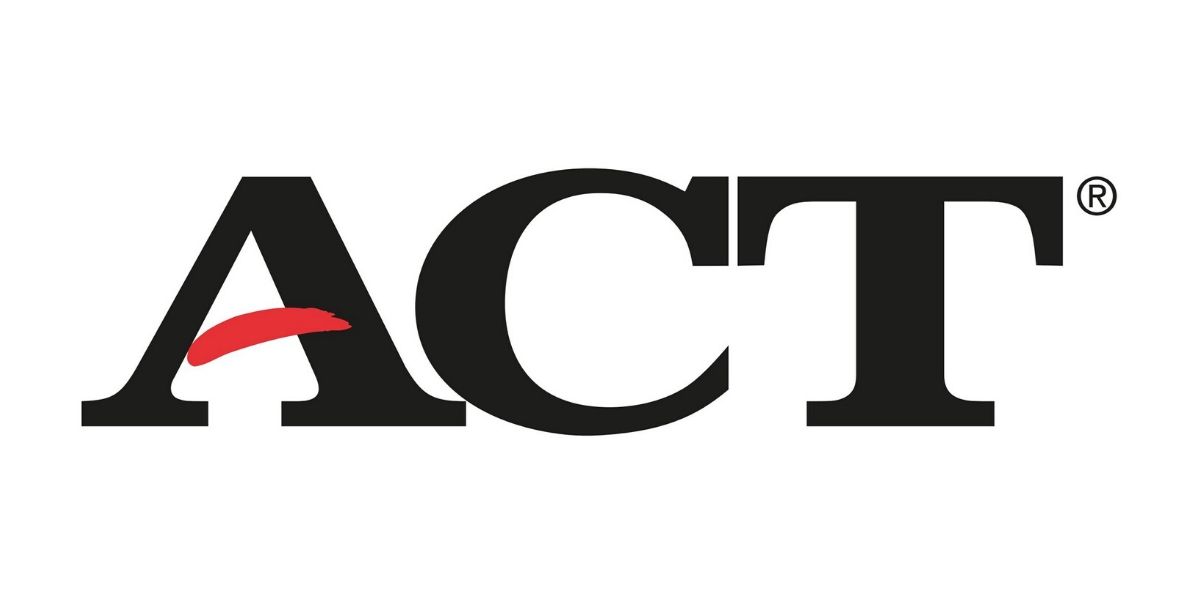What Are The Public Ivies?
Everyone knows about the Ivy League. The education quality of these schools is world-famous, as is the price tag associated with obtaining it.
There is a group of public universities known to insiders for providing Ivy-level education at public school pricing. These schools are known as ‘the Public Ivies’.
If you’re looking for comprehensive test prep, then be sure to check out our various SAT and ACT prep course options.

Public Ivies Definition
What exactly is a ‘Public Ivy’?
The term ‘Public Ivy’ was originally coined by author Richard Moll in his 1985 book, Public Ivies: A Guide to America’s best public undergraduate colleges and universities.
At the basic level, a Public Ivy should:
- Be able to demonstrate high academic rigor
- Attract exceptional faculty
- Compete for the best and brightest students
For students that have great high school grades but may not have families easily able to afford to send them to a Harvard or Yale, a Public Ivy is worth checking out.

Original Public Ivy List And Runner-Ups
The list itself has changed over time but let’s look at the original 1985 list to give you an idea of the institutions considered Public Ivies.
According to Moll, here are the original ‘Public Ivies’ to consider:
- College of William & Mary (located in Williamsburg, Virginia)
- Miami University (located in Oxford, Ohio)
- The University of California (referring to the entire system)
- University of Michigan
- The University of North Carolina at Chapel Hill
- The University of Texas at Austin
- University of Vermont
- University of Virginia
Besides that original “official” selection, Moll also provided readers with his runners-up list, schools that may not have matched his full criteria but are worthy of consideration nonetheless:
- University of Colorado Boulder
- Georgia Institute of Technology
- The University of Illinois at Urbana-Champaign
- New College of the University of South Florida (now known as New College of Florida)
- Pennsylvania State University at University Park
- University of Pittsburgh
- The State University of New York at Binghamton (now known as Binghamton University)
- University of Washington
- University of Wisconsin-Madison
Moll’s original book included nearly 20 schools as both official and runner-up Public Ivies, but the list doesn’t stop there.
[leadmagnet_five]

The Greene Public Ivies List
In 2001, authors Howard and Matthew Greene of the eponymous Greene’s Guides published their own book titled The Public Ivies: America’s Flagship Public Universities.
The Greene’s list was comprised of more schools, 30 in total, broken up by various US regions:
- Northeastern
- Pennsylvania State University at University Park
- Rutgers University
- The State University of New York at Binghamton (also known as Binghamton University)
- University of Connecticut
- Mid-Atlantic
- University of Delaware
- University of Maryland
- College of William & Mary
- University of Virginia
- Southern
- University of Florida
- University of Georgia
- The University of North Carolina at Chapel Hill
- The University of Texas at Austin
- Western
- University of Arizona
- University of California, Berkeley
- University of California, Davis
- University of California, Irvine
- University of California, Los Angeles
- University of California, San Diego
- University of California, Santa Barbara
- University of Colorado Boulder
- University of Washington
- Midwest
- Indiana University
- Miami University (located in Oxford, Ohio)
- Michigan State University
- The Ohio State University
- The University of Illinois at Urbana-Champaign
- University of Iowa
- University of Michigan
- University of Minnesota
- University of Wisconsin-Madison
As one can see, the list has expanded over time but its purpose remains the same – keeping parents and students informed of the best places to go on a public budget. However, there is a catch that you need to be aware of before applying. The catch is residency.
Make Residency Your Friend
You’ll save considerable money if you become a resident of the state your school resides in.
Private universities charge all students the same tuition fees across the board normally. Public universities, on the other hand, provide a serious break in tuition fees.
However, in order to get that reduced rate, a student needs to be an in-state resident. Why? Because a portion of that tuition bill is covered by the state’s tax revenue.
However, if you are attending a school from out of state, then you have to pay the amount of money that tax money would otherwise cover. Every public university’s financial aid website provides the cost of attendance for incoming freshmen.
You will likely find costs for in-state students and out-of-state students; out-of-state students will always face an incredibly higher tuition price. What does this mean for you?
If you plan on attending a Public Ivy but don’t want the extra costs, then look into establishing residency. It will take some work, but the savings you’ll receive will be worth the time and effort.

Why Student Athletics Count
If you’re a student-athlete, then definitely consider attending a Public Ivy.
If you are a student-athlete, then your chances of getting a great Public Ivy education are great. Unlike the Ivy League, which prides itself on not issuing athletic scholarships to students, the Public Ivies reward student athletics.
[leadmagnet_two]
Many of them participate in the major intercollegiate sports conferences and actively recruit students with scholarships. Another reason for the heavy athletic participation is that many of these schools use the profits from their lucrative programs to fund entire athletic departments.
To get those wins, they need the best student talent, which means offering up scholarships appealing enough to those young men and women.

How Prep Expert Can Help
If getting into a Public Ivy is a goal, then learn how Prep Expert can help you achieve it.
Remember though that where you go to an Ivy League, Public Ivy, or community college, a single school alone does not define who you are or your future. If you work hard and focus, then you will undoubtedly end up in a school that’s the right fit for you, no matter its prestige.
If you need to improve your scholarship or financial aid prospects, by increasing your GPA or standardized test scores, then seriously consider signing up for a Prep Expert SAT or ACT course.
We offer students live online, self-paced video, and in-person classes throughout the year. Our expert teachers and tutors not only share with tried and true methods for improving your score but also help you correct any subject deficiencies that you’re having difficulty with.
Moreover, if you need help with other similar tests such as SAT Subject or Advanced Placement exams, we have specific tutoring packages available too. Whether you excel on learning in a class setting or require one on one guidance, we have the staff available to help when needed.
We have helped hundreds of students achieve the scores they need to attend their dream schools and start the rest of their lives.
For more test strategy, college admissions, and scholarship application tips sign up for our FREE class happening right now!
Public Ivy FAQ
Where does the term ‘Public Ivy’ come from?
The term ‘Public Ivy’ was originally coined by author Richard Moll in his 1985 book, Public Ivies: A Guide to America’s best public undergraduate colleges and universities.
What does ‘Public Ivy’ mean?
The term indicates a public university that delivers an Ivy League-level education.
Which schools are ‘Public Ivies’?
According to Moll, here are the original ‘Public Ivies’ to consider: College of William & Mary (located in Williamsburg, Virginia), Miami University (located in Oxford, Ohio), University of California (referring to the entire system), University of Michigan, University of North Carolina at Chapel Hill, University of Texas at Austin, University of Vermont, University of Virginia.
Who should be looking at going to a Public Ivy?
Students that have great high school grades but may not be easily able to afford to go to Ivy League schools.
Written by Todd Marcus
More from Todd Marcus

ACT Reading Passage Types | What To Expect
Be ready for the ACT Reading section by knowing the kinds of things you'll be reading. Here are the ACT…

Taking The ACT Junior Year
If you're ambitious and want to give yourself plenty of time for score improvement, then consider taking the ACT junior…

ACT 2020 Score Release Dates
Here then are the ACT 2020 score release dates to plan around, as well as, the different kinds of available…